Best Places to Visit in Colorado

Looking for an amazing fresh destination to explore in Colorado? You've come to the right place! Colorado is a state of breathtaking landscapes, vibrant cities, and endless opportunities for adventure, making it one of the most rewarding places to explore in the U.S. Having traveled through its mountains, deserts, and lively towns, I’ve found that Colorado offers something unforgettable in every season.
I’ve experienced scenic hikes in the Rockies, explored charming mountain towns filled with character, and discovered cultural hubs rich with art, food, and history. From family-friendly attractions to outdoor escapes and romantic getaways, Colorado has no shortage of incredible destinations. Here are the places I recommend form my recent four week road trip, and I think you’ll enjoy them too.
Best Time to Visit Colorado
If you ask me, the best time really depends on what kind of getaway you’re after. For hiking, road trips, and mountain views, go between June and September...you’ll get warm days, wildflowers, and endless sunshine. I’ve gone in early fall too, and the golden aspens in September are stunning but if you’re into skiing or cozy cabin vibes, December through March is unbeatable, so basically I’ve done both seasons and they each have their own kind of magic.
How to Get to Colorado
- By Air: Most people fly into Denver International Airport (DEN) (myself included) and I found it's easy access to the mountains or cities like Boulder and Colorado Springs.
- By Car: Road-tripping is honestly the best way to explore and I love driving through the Rockies and Highway 285 or I-70 both have jaw-dropping scenery and charming small towns along the way.
- By Train: I took Amtrak’s California Zephyr which passes through Denver, Glenwood Springs, and Grand Junction once, and the mountain views from the observation car were unreal so I can't wait to do it again!
How to Get Around Colorado
Once you’re here, having a car is the easiest way to get around, especially if you’re planning to explore mountain towns or scenic byways but be sure rent an SUV or something with good clearance since some mountain roads can get steep or icy, depending on the season.
If you’re staying in Denver, Boulder, or Colorado Springs, you can rely on public transit, rideshares, and bikes especially light rail in Denver which I found convenient for hopping between downtown, the airport, and nearby neighborhoods. In ski towns like Aspen or Breckenridge, there are free shuttles and local buses that make it easy (and cheap!) to get around without driving.

1. Boulder
I loved the way the mountains meet vibrant city life in the most seamless way here! Nestled at the base of the Flatirons, just about 30 minutes northwest of Denver, it feels like I’m stepping into both a lively college town and a mountain escape at the same time.
Instead of driving, we hopped on the RTD bus from Denver to Boulder ($10.50, about 1 hour), a cheap and easy ride straight into town. From there, it was all walkable: Pearl Street’s street performers, the University of Colorado campus, and a short trail climb for sweeping city views.
I love walking down Pearl Street, where the energy is joyful and full of buskers, boutique shops, and cafes that make it easy to spend an entire afternoon exploring.
Chautauqua Park is my favorite place to start the morning because the trails are right there at the edge of town, and hiking up into the Flatirons gives me spectacular views that make me feel both small and inspired at the same time.
For something a little more unusual, I like heading to the Boulder Dushanbe Teahouse which was handcrafted and gifted from Boulder’s sister city in Tajikistan and it feels like stepping into another world while still being right downtown.
Local Table Tours instantly pulled me into the city’s thriving food culture and made it simple to explore Boulder’s culinary personality in just a few delicious hours.
Art and culture thrive here, too. Visit the Boulder Museum of Contemporary Art for local and national exhibits, or catch a show at the Boulder Theater, an Art Deco landmark that hosts live music and film events. For science lovers, the Fiske Planetarium and National Center for Atmospheric Research (NCAR) offer fascinating educational experiences with stunning views.
If you love the outdoors, Boulder is paradise. Go rock climbing at Eldorado Canyon State Park, paddleboard at Boulder Reservoir, or drive the Peak to Peak Scenic Byway for breathtaking mountain vistas. In winter, skiing and snowshoeing are just a short drive away, while summer brings wildflowers, farmers’ markets, and patio dining galore.
Flagstaff House Restaurant is perched on the mountainside, its sweeping views and inventive New American tasting menus (think elk tenderloin and lavender-honey panna cotta) made our sunset dinner unforgettable.
Foodies will find endless choices — from farm-to-table restaurants like Black Cat Bistro and Bramble & Hare, to innovative eateries like Frasca Food and Wine, a James Beard Award winner. For casual dining, try Snooze, an A.M. Eatery for breakfast or West End Tavern for BBQ and mountain views. Craft beer lovers can tour Avery Brewing Co., one of Boulder’s most iconic breweries.
- Location: Northern Colorado at the base of the Rocky Mountains’ Flatirons, northwest of Denver and south of Longmont
- Map & Directions
What I loved best:
Our plush room with a King bed at 4-star St Julien Hotel & Spa offers luxury and relaxation with mountain views right downtown. For a cozier vibe, try Basecamp Boulder, a boutique hotel designed for adventurers.

2. Things to Do in Denver
When I spent time here this month, I loved how this city balances urban energy with outdoor adventure. Nestled right at the base of the Rocky Mountains, the "Mile High City" felt like the perfect mix of culture, history, and fresh air.
I started the day at The Corner Office, tucked just off the bustle of downtown. The vibe was sleek but playful.
From there, I walked off breakfast through the Denver Botanic Gardens. I stood at the edge of a koi pond and thought, “I needed this softness.”
A late lunch at Panzano, where I had the house-made tagliatelle with wild mushrooms and truffle oil. I sat near the window, watching the street shift with lunchtime energy.
Later, I wandered through the Kirkland Museum, rooms of mid-century color and strange, elegant furniture.
Then came the Forney Museum of Transportation, full of rust and chrome and a sense of movement locked in time.
Midafternoon brought a second pause, this time at Syrup, for a quick sweet bite. I ordered their famous banana pudding pancakes.
Evening came as I reached Larimer Square. Strings of lights hung overhead like a canopy, and shops spilled music onto the sidewalk. I stopped at Tacos Tequila Whiskey, carne asada tacos, crisp-edged and bright with lime.
I ended the night at Black Shirt Brewing Co., tucked into a quiet courtyard, the air turning cool, conversation drifting like music. Comrade Brewing Company is another friendly local spot where we've enjoyed its outdoor patio.
- Location: Central Colorado on the High Plains near the Rocky Mountains’ Front Range, east of Golden and south of Westminster
- Location Map
What I loved best:
Dinner at ChoLon Modern Asian Bistro, where the French onion soup dumplings came out steaming.
A downside? The altitude took some adjusting. Even walking a few blocks uphill left me catching my breath, and drinking extra water became a necessity. It wasn’t enough to dim the trip, but it reminded me to slow down.
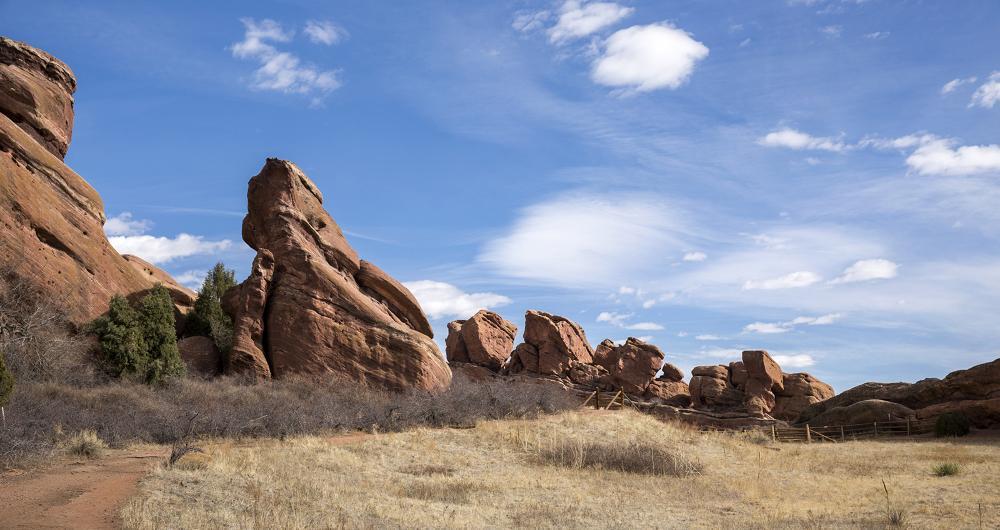
3. Morrison - Just 25 minutes west of Denver
I discovered that early summer was the perfect time to visit — warm, golden days without the heavy concert-season crowds, and the red sandstone cliffs glowing under the evening sun. Just a short drive from Denver, Morrison felt like a hidden canyon retreat — laid-back, outdoorsy, and filled with music lovers and weekend wanderers stopping in for a bite before a show.
I stayed at a cozy cabin rental for seven days, where mornings meant the sound of rushing water and the sight of hummingbirds darting between wildflowers. Days were made for exploring: I hiked the trails at Red Rocks Park, where ancient rock formations framed panoramic views of the Front Range. Standing in the empty Red Rocks Amphitheatre mid-morning, I could almost feel the echo of past concerts — from The Beatles to U2 — reverberating off the stone walls.
After hiking, I cooled off at Bear Creek Lake Park, kayaking across the calm water as the sun dipped low. Evenings were best spent in downtown Morrison, a handful of rustic buildings filled with great food and local character. I loved the Blue Cow Eatery for a casual breakfast, and The Fort, just outside of town, for a candlelit dinner that blended history, mountain views, and Colorado game dishes like bison tenderloin.
- Location: Central Colorado at the base of the Rocky Mountains’ Front Range, southwest of Denver and east of Red Rocks Park
- Location Map
What I loved best:
Dinner at The Fort was a highlight with the building itself a full-scale replica inspired by Bent’s Old Fort (the 1830s fur-trading post on the Santa Fe Trail). The menu at The Fort draws on frontier-era, mountain-west, Native American, Spanish and Mexican trading-post influences.

4. Glenwood Springs
Whenever I head here, I feel like I’m stepping into one of the most relaxing mountain escapes in the state. Located along I-70 between Aspen and Vail, this town is famous for its natural hot springs, and soaking there always feels like the perfect way to unwind after a day of adventure.
I hopped on Amtrak’s California Zephyr from Denver (about 6 hours, $50–$80 one way). The train hugs the Colorado River, slipping through 40 tunnels before reaching Glenwood Springs, a journey as much an adventure as the destination.
My favorite spot is Glenwood Hot Springs Pool, which is massive and filled with mineral-rich water that makes me feel instantly refreshed. I could spend hours there, watching the mountains rise around me, and it never gets old.
For something a little more unusual, I love taking the hike up to Hanging Lake. The trail is steep, but when I reach the top and see the turquoise waters and cascading falls, it feels like discovering a hidden paradise tucked into the cliffs.
In town, I enjoy walking around the historic district, where Victorian architecture meets modern cafés and shops. It’s a joyful blend of old and new, and I always end up finding a cool place to eat after a long day outdoors.
Downtown Glenwood Springs is small but lively, with shops, art galleries, and plenty of great places to eat. Enjoy wood-fired pizza and craft beer at Slope & Hatch, upscale mountain dining at The Pullman, or hearty comfort food at Rivers Restaurant, which has a beautiful patio right on the water. For breakfast, Daily Bread is a local favorite known for its warm service and hearty portions.
If you’re staying overnight, Hotel Colorado is a historic landmark with Victorian elegance and rumored ghost stories, while Glenwood Hot Springs Resort puts you steps from the pools. For a cozier stay, try Best Western Antlers or one of the charming local lodges near the river.
- Location: Western Colorado in the Roaring Fork Valley, along the Colorado River, north of Aspen and south of Rifle
- Map & Directions
What I loved best:
I love the mix of relaxation and adventure. One day you might be rafting the Colorado River, the next I can be soaking in the Iron Mountain Hot Springs...

5. Telluride
If you are like me, this town will make you feel like you’ve discovered one of Colorado’s most spectacular treasures. Tucked deep in the San Juan Mountains in the southwest corner of the state, this former mining town has a backdrop of rugged peaks that make it feel both dramatic and inviting.
I love strolling down Main Street, where colorful Victorian buildings and boutique shops sit against towering cliffs. The town has such a joyful charm, and it feels like every corner tells a story from its wild west past.
One of my favorite experiences is taking the free gondola ride up to Mountain Village. The views are absolutely breathtaking, and it’s such a cool way to get from town to the slopes or hiking trails without ever needing a car.
In the summer, I’m drawn to the music festivals and outdoor events that fill Telluride with energy. The Telluride Bluegrass Festival, especially, is an exciting highlight that combines world-class talent with an unforgettable mountain setting.
If you’re staying overnight, you’ll find options that range from luxurious to rustic-chic. The 3-star New Sheridan Hotel sits right in the heart of downtown with timeless Western charm, while Madeline Hotel & Residences in Mountain Village offers upscale comfort with ski-in/ski-out access. For something cozier, The Ice House Lodge and Hotel Telluride both provide boutique comfort just steps from the gondola.
- Location: Southwestern Colorado in a box canyon of the San Juan Mountains, west of Ouray and east of Cortez
- Map & Directions
What I loved best:
Mountain cuisine at 221 South Oak, and inventive seasonal dishes at The Cosmopolitan. For breakfast, we loved The Butcher & The Baker, where we had great pastries and bought some sandwiches to enjoy later on the trails.
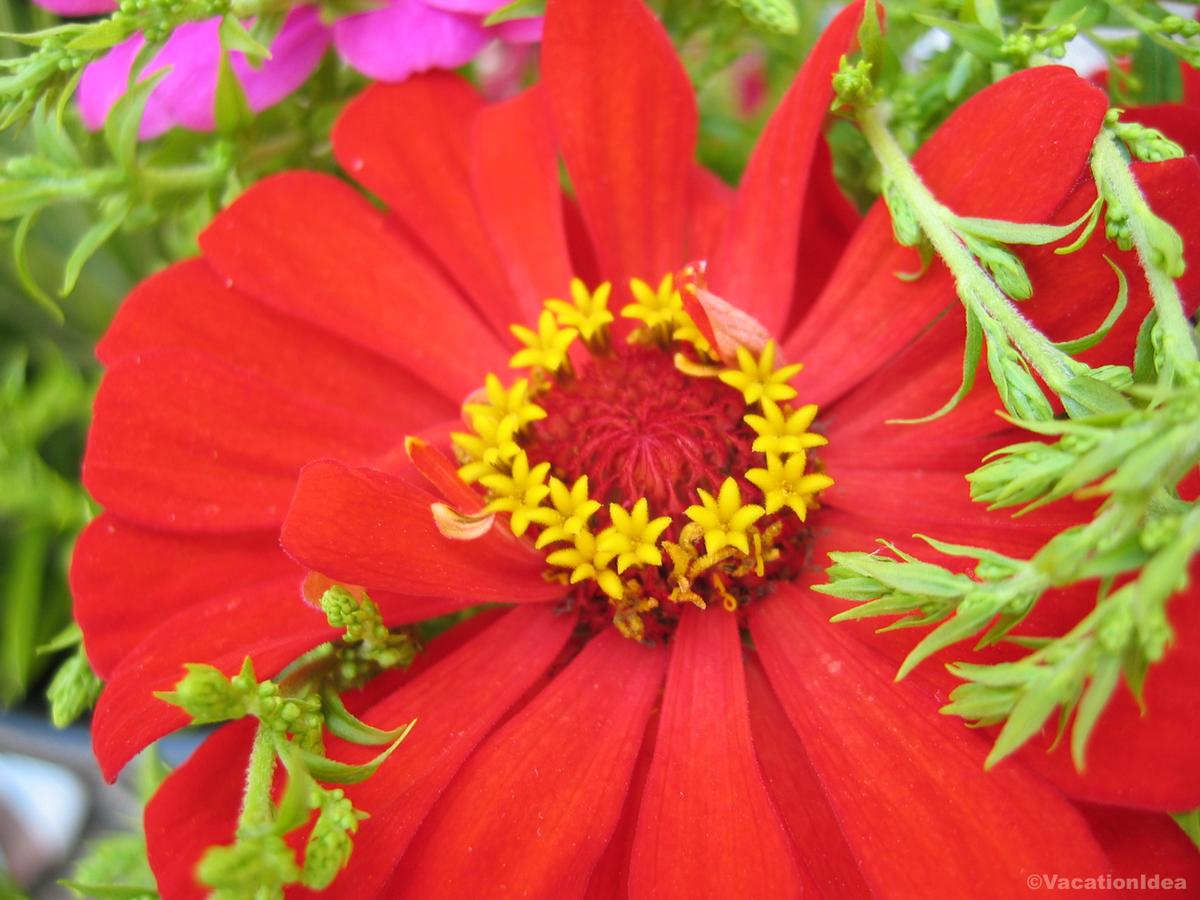
6. Fort Collins - an hour north from Denver
I discovered that early summer was the perfect time to visit because the city buzzed with visitors dining outdoors on the patios, craft beer festivals, and scenic hikes while it wasn't too hot yet.
As a garden lover, my absolute favorite stop were the Colorado State University Flower Gardens, where colors and sweet floral scents made for a peaceful afternoon stroll.
Locals shared tips about the Taste of Fort Collins music and food festival happening that weekend. Fort Collins' laid-back vibe mixed with just enough energy from the university crowd to keep things fun.
I flew into Denver International Airport (DEN), then drove just over an hour north from Denver to Fort Collins. We stayed downtown at the stylish 3-star Armstrong Hotel for two days and filled my visit with biking along the Poudre River Trail, exploring Old Town’s charming shops, and watching a sunset over Horsetooth Reservoir.
- Location: Northern Colorado along the Cache la Poudre River, south of the Wyoming border and north of Loveland
- Map & Directions
What I loved best:
Dinner both nights at the farm-to-table Farmhouse at Jessup Farm and I loved how it's both rustic and refined, with lights over the patio and delicious seasonal salads and chicken dishes.
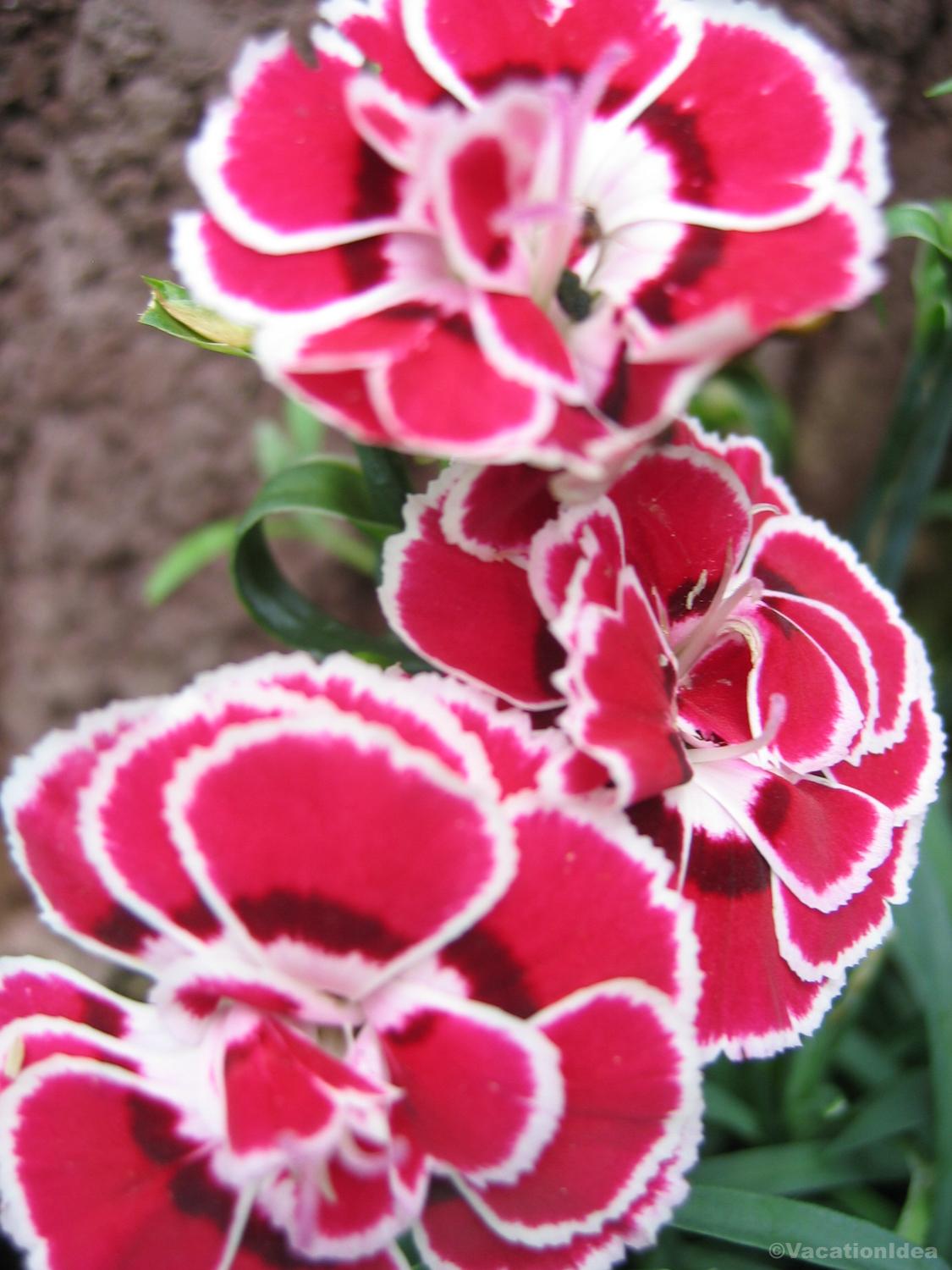
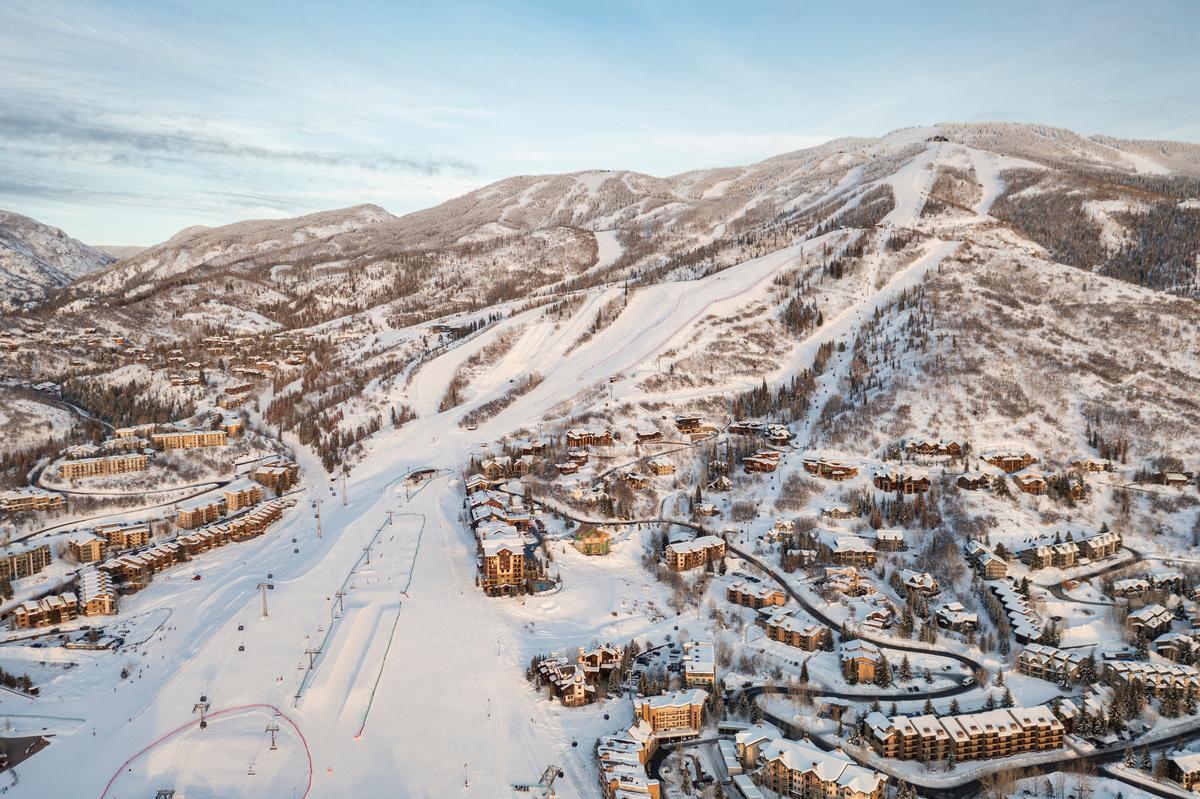
7. Things to Do in Steamboat Springs
We drove 2 hours and 45 minutes northwest from Denver over mountain passes and winding roads where the scenery kept shifting, high plains giving way to evergreens, and finally the wide Yampa Valley opened, with Steamboat nestled in its fold.
Steamboat Springs felt like a town with two hearts, one rooted in ranching and history, the other alive with modern ski-town energy and both pulsed together, giving the streets a mix of grit and polish.
I stood inside the Tread of Pioneers Museum ($7.14 adult admission, $3.06 child), gazing at photographs of early settlers and Olympians who trained here, and thought, “This place has always belonged to both endurance and imagination.” I enjoyed walking through exhibits that traced the town’s roots, from Native American heritage to pioneer life to the rise of skiing culture.
Where I Ate Dinner at Aurum Food & Wine was super memorable because the restaurant overlooked the Yampa River and I ordered delicious pan-seared scallops with a parsnip puree and roasted vegetables.
Later that evening I headed to Mountain Tap Brewery, and I ordered a wood-fired pizza with roasted mushrooms and shared a flight of local beers.
- Location: Northwestern Colorado in the Yampa Valley, along the Yampa River, east of Craig and west of Rabbit Ears Pass
- Location Map
A downside? The drive into town, while beautiful, was long and winding.
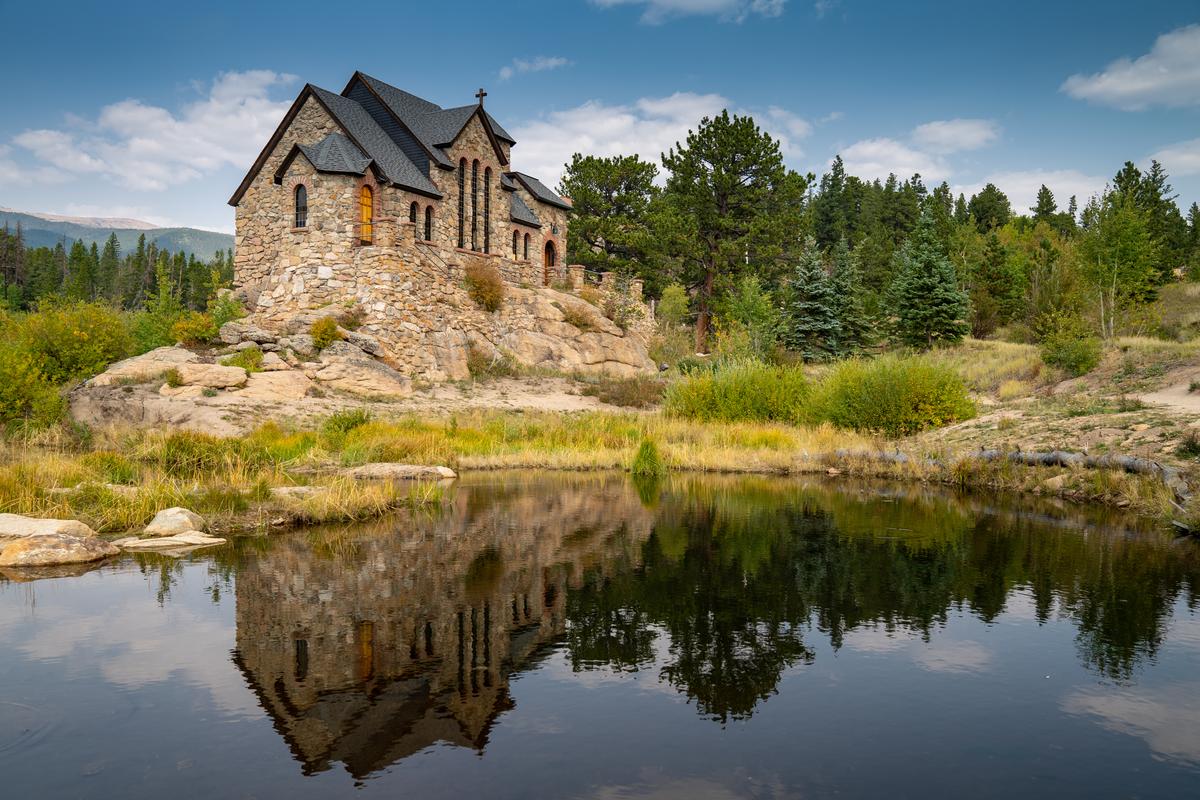
8. Allenspark - 1 hour northwest from Denver
Whenever I find myself in here, I feel like I’ve discovered one of the most peaceful mountain escapes in the state. Tucked along the Peak to Peak Scenic Byway, about an hour and a half northwest of Denver and just south of Estes Park, this tiny town feels hidden away from the crowds while still being close to Rocky Mountain National Park.
What I love most is the quiet charm of the area. Surrounded by towering pines and meadows filled with wildflowers, it’s the kind of place where I can breathe deeply and slow down. The scenery alone makes it feel like an underrated treasure.
One of my favorite spots nearby is the Wild Basin entrance to Rocky Mountain National Park. The trails here lead to waterfalls, alpine lakes, and cool forest paths that make me feel like I’ve stepped into a storybook. It’s less crowded than the main entrances, which makes the experience even more special.
- Location: Northern Colorado in the Rocky Mountains near the eastern edge of Rocky Mountain National Park, south of Estes Park and northwest of Lyons
- Map & Directions
What I loved best:
Walking around town, stopping by the small cafés and local shops. There’s a joyful, community-driven feel to Allenspark that makes me want to linger, even if I’m just grabbing a cup of coffee before heading out on a hike.
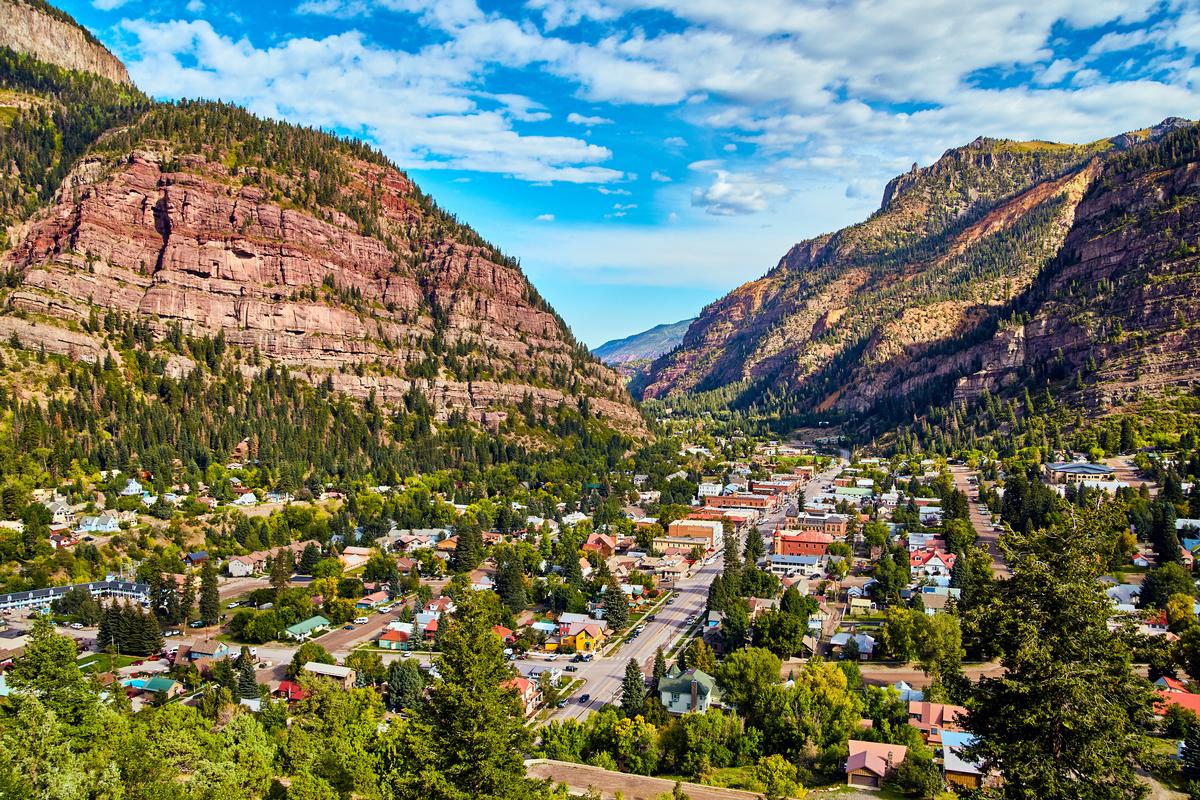
9. Ouray
Every time I visit, I understand why this place is called the “Switzerland of America.” Nestled in a deep valley and surrounded by the jagged San Juan Mountains, this small town about an hour north of Durango feels spectacular from the moment I arrive.
I caught a regional shuttle from Montrose Airport to Ouray (just under 1.5 hours, about $40).
I love exploring the town itself, with its Victorian buildings, charming shops, and joyful small-town vibe. Walking down Main Street feels like stepping back in time, yet everything is welcoming and full of life.
For adventure, the hiking trails are unforgettable. Box Canyon Falls is a must-see, with a roaring waterfall tucked into a narrow gorge that feels hidden away from the world. In the winter, I’m always amazed by the Ice Park, where climbers scale frozen waterfalls—it’s one of the coolest and most unusual sights I’ve ever witnessed.
- Location: Southwestern Colorado in the San Juan Mountains, north of Silverton and south of Ridgway along the Million Dollar Highway
- Map & Directions
What I loved best:
My favorite experience here is soaking in the Ouray Hot Springs Pool. Sitting in those steaming waters while gazing at snowy peaks around me is pure magic, and it’s the perfect way to relax after a day of adventure.
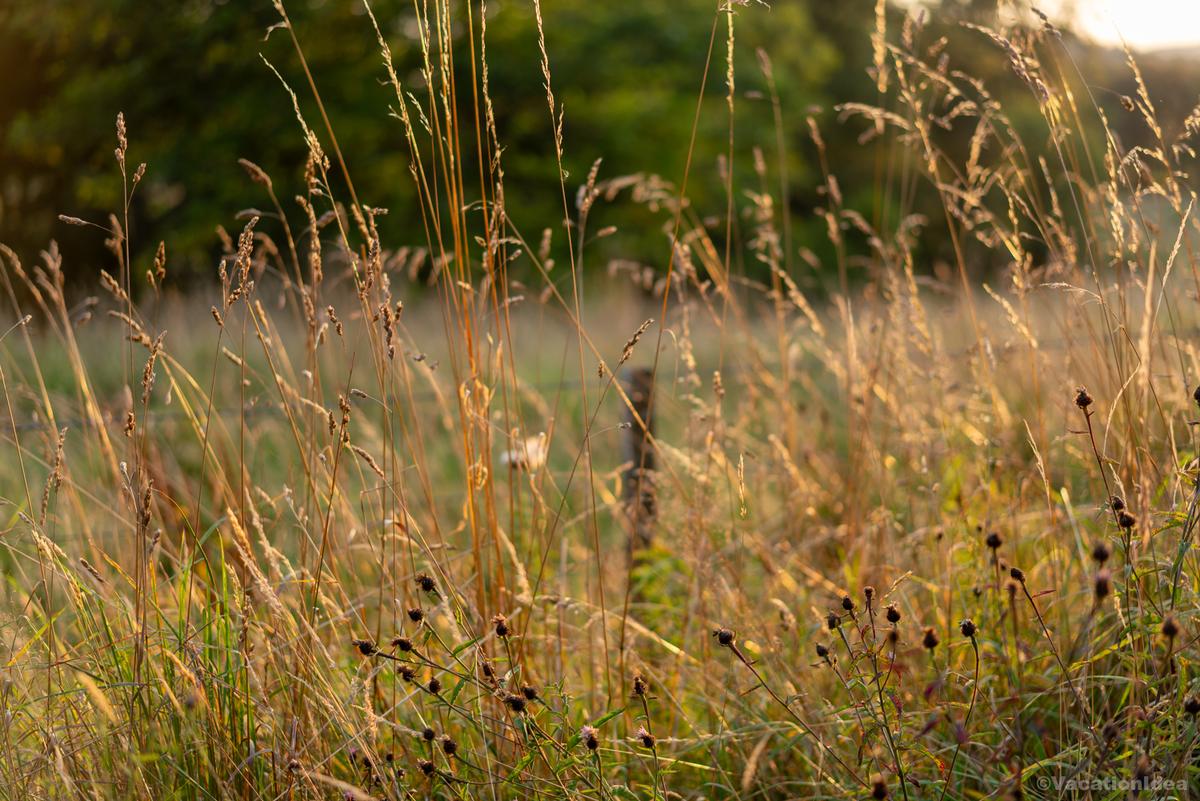
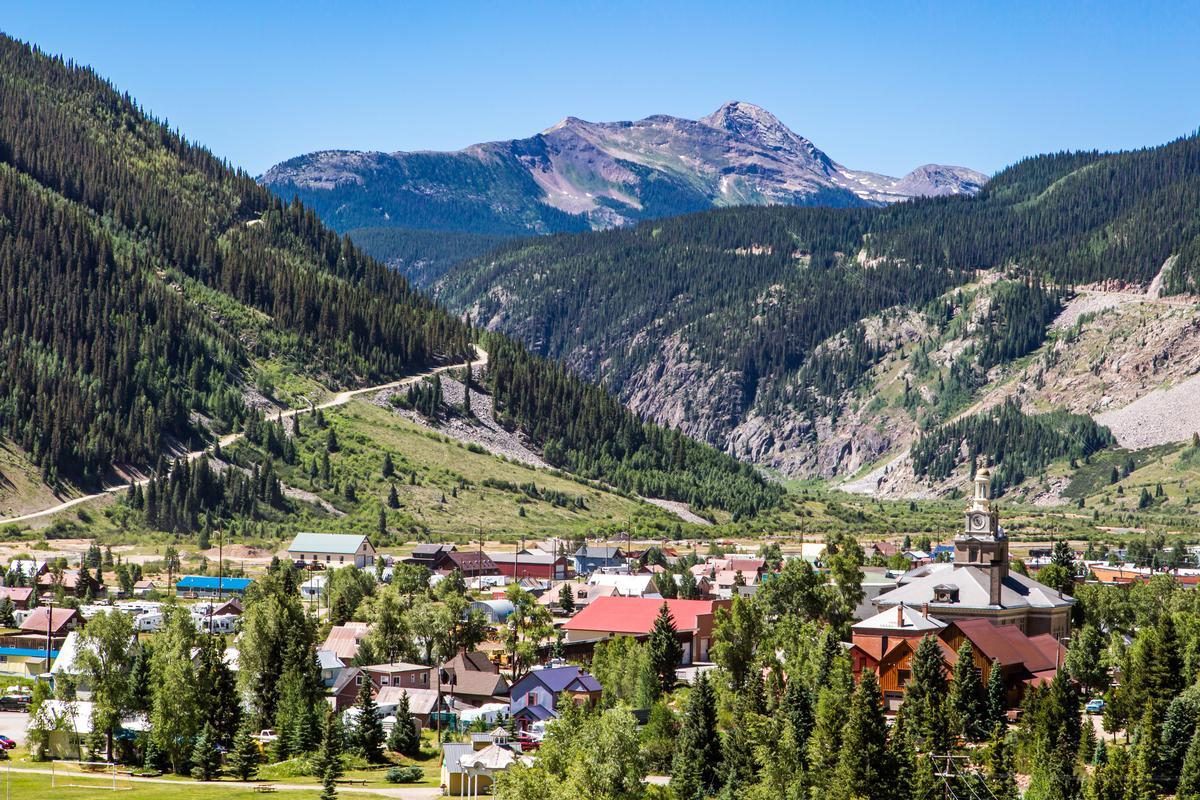
10. Silverton
Nestled high in the San Juan Mountains, this place is surrounded by dramatic peaks that give it a wild and unforgettable setting.
I love wandering down Greene Street, the main strip lined with historic buildings, saloons, and shops that remind me of its mining boom days. The atmosphere is joyful and authentic, and I always enjoy chatting with locals who have deep roots in the community.
One of my favorite adventures is riding the Durango & Silverton Narrow Gauge Railroad. Rolling through mountain canyons on that historic steam train feels like stepping into another era, and the views along the way are absolutely spectacular.
In the summer, I can’t resist exploring the jeep roads and hiking trails that wind through alpine meadows and old mining sites. It feels like finding hidden gems with every turn, and the mix of history and nature makes each outing unforgettable.
When it’s time to refuel, Silverton’s dining scene may be small, but it’s full of character. For a taste of history, stop by The Bent Elbow, a long-standing favorite for rustic meals and Western atmosphere.
Winter transforms Silverton into a powder paradise. Silverton Mountain is unlike any other ski area—it’s raw, steep, and thrilling, offering an exciting challenge for experienced skiers.
If you’re spending the night, options range from cozy inns to historic hotels. The Grand Imperial Hotel — built in the 1880s — offers Victorian elegance right on Greene Street, while The Wyman Hotel combines modern design with mountain-town warmth. For a more adventurous stay, nearby camping and cabin rentals give you a front-row seat to Colorado’s alpine beauty.
- Location: Southwestern Colorado in the San Juan Mountains, along the Million Dollar Highway, north of Durango and south of Ouray
- Map & Directions
What I loved best:
A hearty breakfast at Coffee Bear Silverton in the morning.
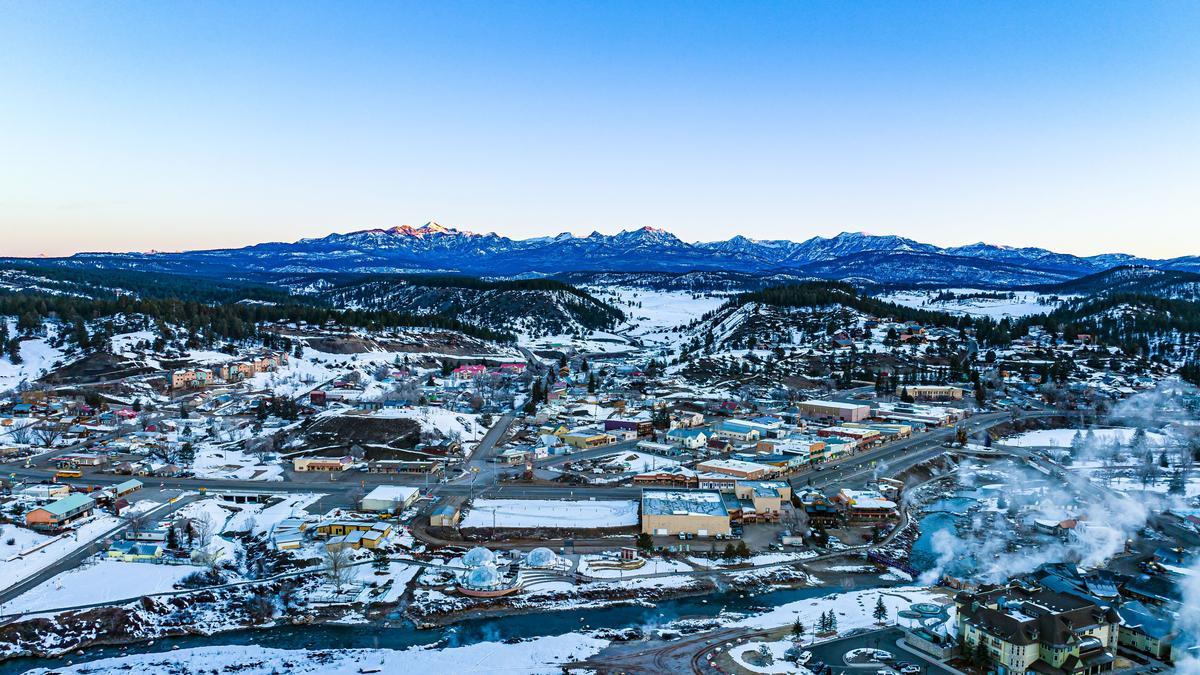
11. Pagosa Springs
This is one of those rare mountain towns that manages to feel both energizing and deeply peaceful. Tucked along the San Juan River in southern Colorado, this hidden gem is famous for its natural hot springs, surrounding wilderness, and welcoming small-town atmosphere. It’s the perfect place to unwind, explore, and soak in nature — literally.
I caught the Bustang bus from Durango to Pagosa Springs (just under 2 hours, about $20). The town’s year-round population hovers under 2,000, but it welcomes travelers with a lively arts scene and plenty of outdoor escapes.
Start your visit at the Hot Springs — the heart and soul of Pagosa. The Springs Resort & Spa features over 20 mineral pools overlooking the river, ranging from warm and soothing to steamy and revitalizing. For a quieter soak, head to Overlook Hot Springs Spa, where rooftop tubs offer mountain views, or Healing Waters Resort, a more old-school favorite with a local vibe.
When you’re ready to explore, the surrounding wilderness has endless opportunities. The San Juan National Forest offers miles of hiking, mountain biking, and horseback riding trails, while the Piedra River Trail and Opal Lake Trail are perfect for scenic day hikes with waterfalls and wildflowers. In winter, nearby Wolf Creek Ski Area is known for some of the best powder skiing in Colorado — and fewer crowds than major resorts.
Pagosa Springs is also a gateway to adventure on the water. You can float, fish, or kayak the San Juan River right through downtown, or head to nearby Williams Creek Reservoir for a day of boating and picnicking surrounded by alpine beauty. Downtown Pagosa has a friendly, walkable charm with shops, art galleries, and cozy restaurants. Grab breakfast at Two Chicks & A Hippie, or enjoy a riverside lunch at Riff Raff Brewing Company. For coffee and local pastries, Root House Coffee + Shop is a must-stop.
If you’re spending the night, you’ll find plenty of inviting options. The Springs Resort & Spa is the town’s signature stay, offering direct access to the hot springs and luxurious riverside rooms. For something cozier, try Fireside Inn Cabins or Elkwood Manor Bed & Breakfast, both offering rustic comfort with beautiful views.
- Location: Southwestern Colorado in the San Juan River Valley, east of Durango and west of Wolf Creek Pass
- Map & Directions
What I loved best:
Dinner at Alley House Grille for upscale mountain dining!
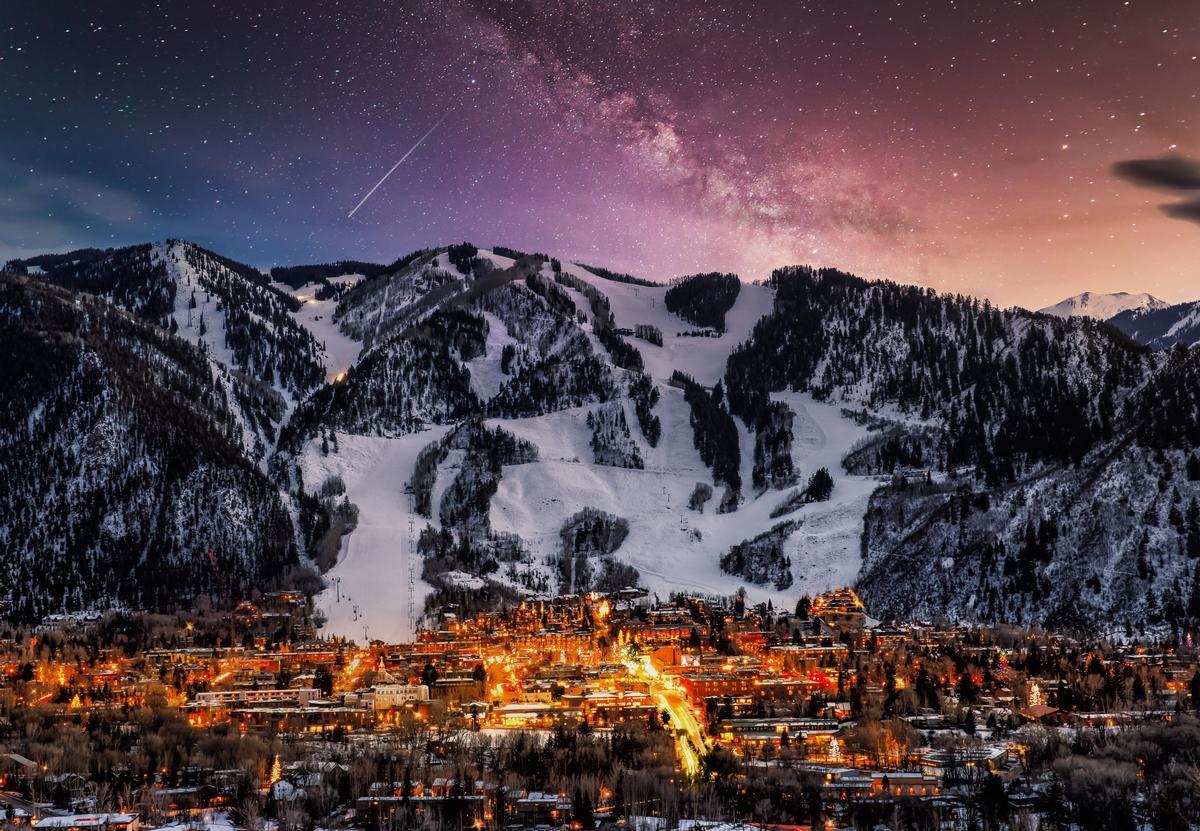
12. Things to Do in Aspen
For me, this place is the definition of mountain magic, a place where breathtaking natural beauty meets world-class luxury and small-town charm. Nestled high in the Rocky Mountains, Aspen is famous for its skiing, but this alpine retreat shines in every season with stunning scenery, outdoor adventure, and a vibrant arts and culinary scene.
If you’re planning a weekend getaway from Denver or nearby mountain towns, Aspen is well worth the drive. Surrounded by the White River National Forest, it offers endless ways to relax, explore, and indulge — from hiking trails and hot springs to elegant restaurants and cozy lodges.
Start your visit downtown, where you’ll find chic boutiques, art galleries, and cafés set against a backdrop of snowcapped peaks. The Aspen Art Museum showcases contemporary works in a striking modern building, while the Wheeler Opera House, dating back to 1889, hosts concerts, plays, and film festivals year-round.
Outdoor enthusiasts can take their pick of adventure. In winter, Aspen’s four ski mountains (Aspen Mountain, Aspen Highlands, Snowmass, and Buttermilk) offer terrain for every level, from gentle slopes to thrilling expert runs.
One of Aspen’s most iconic sights is the Maroon Bells, a pair of 14,000-foot peaks mirrored in a pristine alpine lake. It’s one of the most photographed spots in Colorado — and for good reason.
Aspen’s food scene is just as impressive as its landscapes. Enjoy elevated mountain dining at Element 47 in The Little Nell, rustic-chic flavors at Pine Creek Cookhouse, or wood-fired perfection at Meat & Cheese. For a cozy breakfast, try Victoria’s Espresso. Après-ski (or après-hike) spots like Ajax Tavern and The Red Onion are perfect for drinks with mountain views.
If you’re staying overnight, you’ll find no shortage of incredible lodging options. The Little Nell is Aspen’s premier luxury hotel, offering ski-in/ski-out access and top-notch service. Hotel Jerome, a historic landmark dating to the 1880s, combines vintage elegance with modern comfort. For something more laid-back, Aspen Meadows Resort provides art-filled surroundings and panoramic mountain views.
- Location: Central Colorado in the Rocky Mountains’ Elk Range, along the Roaring Fork River, southwest of Glenwood Springs and north of Independence Pass
- Map & Directions
What I loved best:
Driving along Independence Pass, one of the most beautiful high-altitude routes in the Rockies.
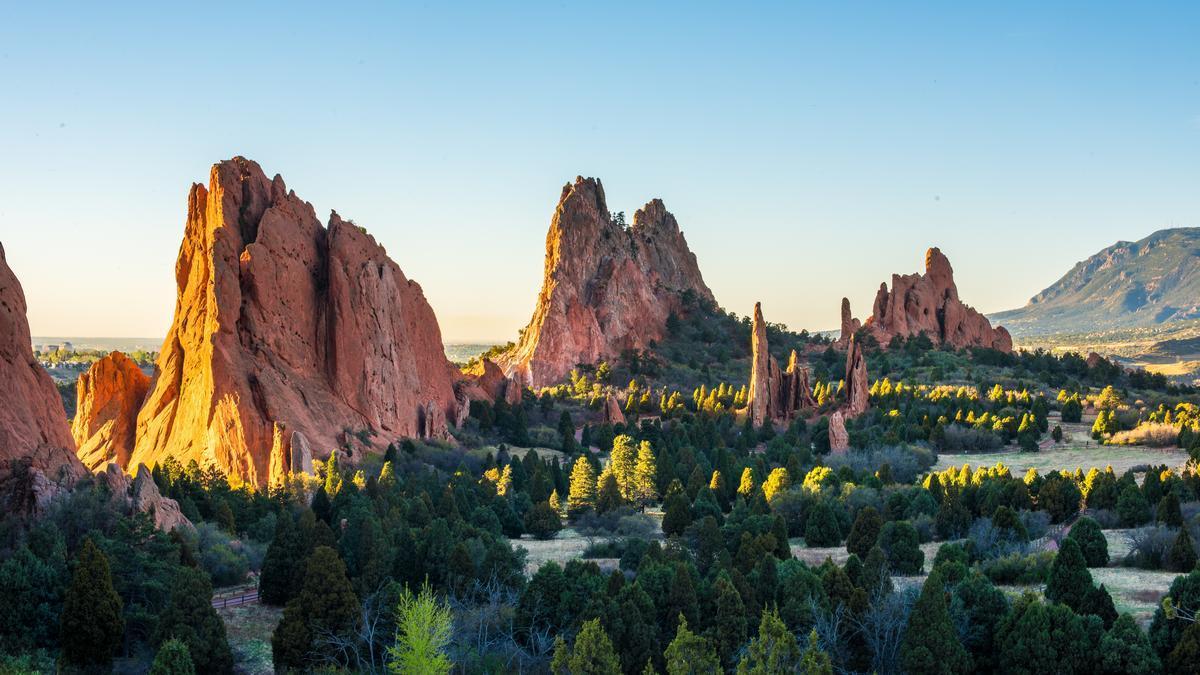
13. Colorado Springs Weekend Ideas
I thought that it was one of the best places to visit in Colorado because of how much natural beauty surrounds the city. Just an hour south of Denver, we stayed at The Broadmoor ($350) for two days and it felt like a joyful mix of outdoor adventure and cultural highlights, with the Rocky Mountains always in view.
My days were spent hiking the trails around Red Rock Canyon Open Space, riding the Cog Railway up to the 14,115-foot summit of Pikes Peak, and stepping into the Fine Arts Center at Colorado College.
- Location: Central Colorado at the base of Pikes Peak in the Rocky Mountains’ Front Range, south of Denver and north of Pueblo
- Location Map
What I loved best:
Standing among the sandstone towers at Garden of the Gods (free).
A downside? The popularity of Garden of the Gods meant parking lots filled quickly, even in the morning. I

14. Vail
I discovered that December was a magical time to visit — the mountains blanketed in fresh powder, the air crisp and pine-scented, and the village glowing under twinkling fairy lights. I caught the Vail Film Festival and watched several unique documentaries and shorts.
The snow was perfect for skiing, and I loved how everything from the cobblestone streets to the timber chalets looked straight out of a winter postcard.
I stayed at the elegant 4-star Sonnenalp, where a roaring fireplace, soft blankets, and steaming mugs of hot chocolate became part of my daily rhythm. Mornings were spent gliding down Vail Mountain’s Blue Sky Basin, where endless tree runs and open bowls made it easy to lose track of time. In the afternoons, I’d unwind at the Vail Vitality Center Spa, then stroll through Vail Village, admiring art galleries, boutique shops, and the crisp hush of snow underfoot.
Montauk Seafood Grill has been one of Vail's top fine dining destinations for more than three decades, housed within the city's beautiful Lionshead Village area.
- Location: Central Colorado in the Rocky Mountains’ Gore Range, along Interstate 70, east of Eagle and west of Copper Mountain
- Location Map
What I loved best:
Taking the gondola ride up the mountain ($64 adult and one free child) was unforgettable. From above, the valley spread out like a painting, green slopes rolling into jagged peaks. At the top, the air was cool and thin, and wildflowers dotted the meadows.
A downside? Prices were high across the board, including meals, lodging, even parking.
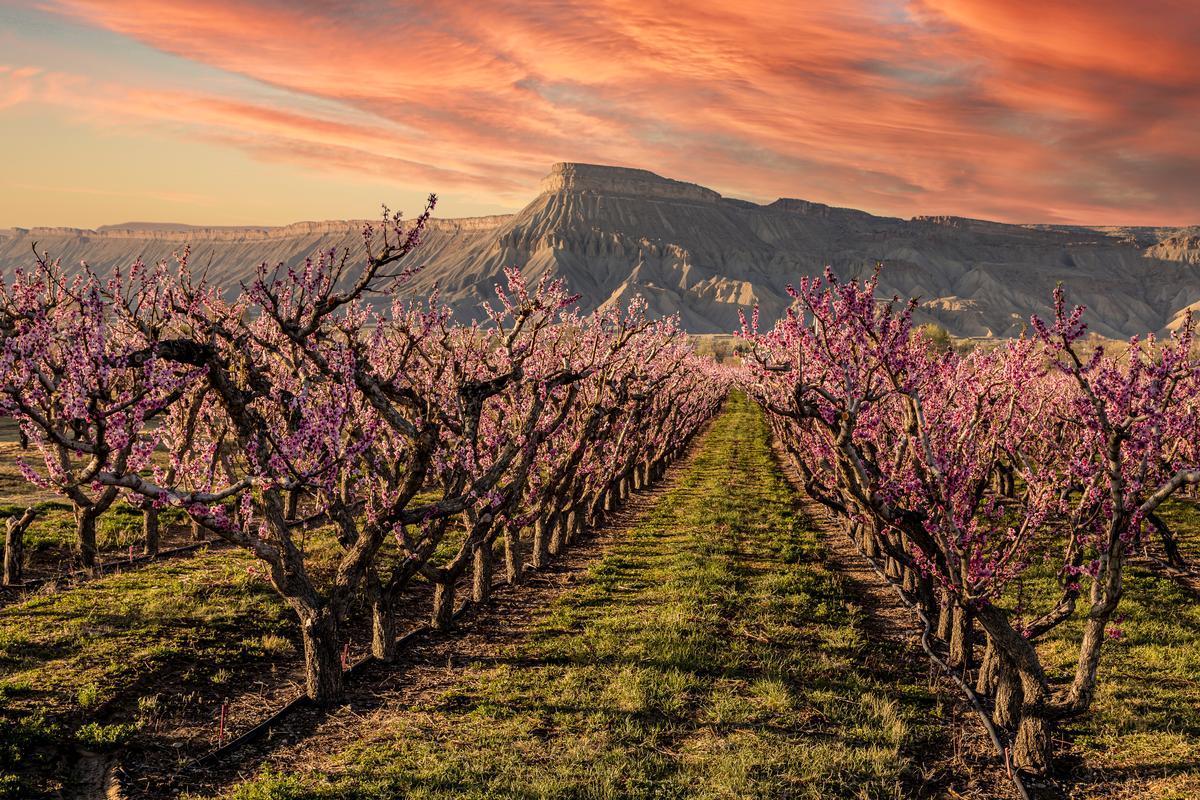
15. Palisade Things to See and Do
I discovered that late summer was the perfect time to visit — warm golden days, vineyard-covered hills glowing under the sun, and the sweet scent of ripening peaches in the air. Nestled along the Colorado River and backed by dramatic mesas, the town felt like a serene escape with just the right touch of small-town charm. Locals were out cycling the scenic Fruit & Wine Byway, and every roadside stand seemed to tempt with baskets of sun-warmed fruit and fresh lavender bunches.
I thought that Wine Country Inn ($200) was the best place to stay here, surrounded by rows of grapevines that shimmered at sunset. Days began with coffee on the wraparound porch, followed by leisurely wine tastings at boutique vineyards like Colterris, Plum Creek, and Carlson Vineyards — each with its own friendly story and glass of crisp rosé or deep, earthy Syrah. I also stopped by Talon Winery, where I sipped a chilled peach wine that tasted like liquid sunshine.
Between tastings, I wandered the Palisade Sunday Farmers Market, sampled peach jam straight from the jar, and took a relaxed float down the Colorado River. One morning, I joined a group bike tour weaving between orchards and vineyards — a perfect balance of movement, scenery, and a few generous pours. Evenings were slow and lovely, filled with farm-to-table meals and star-filled skies over the Grand Valley.
- Location: Western Colorado in the Grand Valley along the Colorado River, east of Grand Junction and west of De Beque
- Location Map
What I loved best:
Finding great places to eat in town like Palisade Café ($20) and the Peach Street Distillers food truck ($15).
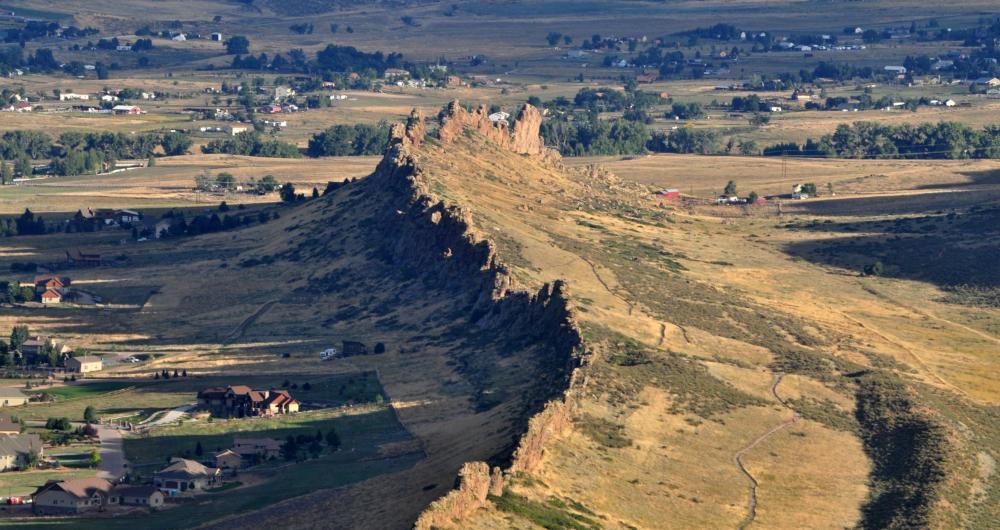
16. Loveland
I discovered that spring was the perfect time to visit — the foothills were turning green, wildflowers dotted the trails, and the town was alive with art, music, and a touch of mountain romance. Known as the “Sweetheart City,” Loveland had a welcoming, creative spirit that made me feel instantly at home. Locals told me about the town’s famous Valentine Re-Mailing Program, where thousands of love letters are postmarked with special messages each year, and the Loveland Fire & Ice Festival, a lively February celebration with ice sculptures, live music, and fireworks that light up the winter sky. By the time we reached Chapungu Sculpture Park, the pace of the city had softened into something more contemplative.
I stayed at the Embassy Suites by Hilton Loveland ($180). Mornings were peaceful — the air smelled of sage and pine, and horses grazed against the backdrop of red cliffs. During the day, I wandered through the beautiful Benson Sculpture Garden, where more than 150 bronze and stone sculptures are tucked among trees and ponds. I also hiked Devil’s Backbone Open Space, a stunning ridge trail with sweeping views toward the Rocky Mountains.
For a little art and community, I explored Downtown Loveland, filled with local galleries, breweries, and coffee shops. At Loveland Aleworks, I tried a smooth porter before catching live folk music at a nearby café.
- Location: Northern Colorado along the Front Range, south of Fort Collins and north of Longmont, near the base of the Rocky Mountains
- Location Map
What I loved best:
Dinner at Door 222 was a highlight — contemporary comfort food with a creative twist, and a warm, friendly vibe that fit Loveland perfectly.
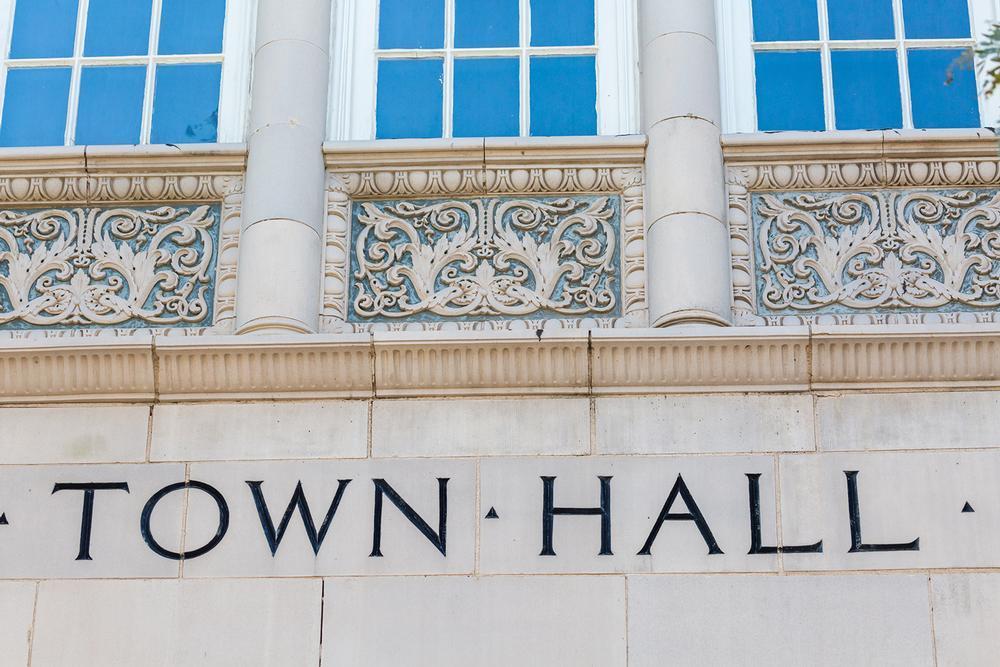
17. Littleton
Picture a town that feels both close to Denver and yet wonderfully its own. Just 20 minutes south of downtown Denver, it offers me a quieter, small-town atmosphere while still keeping all the cool city conveniences nearby.
I grabbed the RTD light rail from downtown Denver to Littleton ($3, about 35 minutes), a smooth, car-free trip.
I love strolling through Historic Downtown Littleton. The tree-lined streets, boutique shops, and family-owned restaurants give it such a joyful vibe. Whenever I stop in, I find a new café or shop that makes me want to linger longer than planned.
One of my favorite places to explore is Hudson Gardens, where the walking trails, flowers, and peaceful ponds make it feel like a hidden retreat. It’s especially beautiful in the summer, and I always enjoy the outdoor concerts they host under the stars.
When I want to spend time outdoors, Chatfield State Park is my go-to. Just a short drive away, it has hiking, biking, paddleboarding, and even horseback riding. For me, it’s one of the most exciting spots near town for enjoying Colorado’s sunshine and wide-open spaces.
Littleton’s food scene has plenty to offer, too. Try Smokin Fins for seafood and sushi, The Melting Pot for a fun fondue experience, or Farm House at Breckenridge Brewery, which combines Colorado craft beer with rustic comfort food and an open-air patio overlooking the river.
If you plan to stay overnight, 3-star Hampton Inn & Suites Littleton and Courtyard by Marriott offer convenient modern stays, while boutique options and cozy Airbnbs near downtown make for a more personal touch.
- Location: Central Colorado in the southern Denver metropolitan area, along the South Platte River, south of Denver and north of Highlands Ranch
- Map & Directions
What I loved best:
Stopping by Inside Scoop Creamery for homemade ice cream!
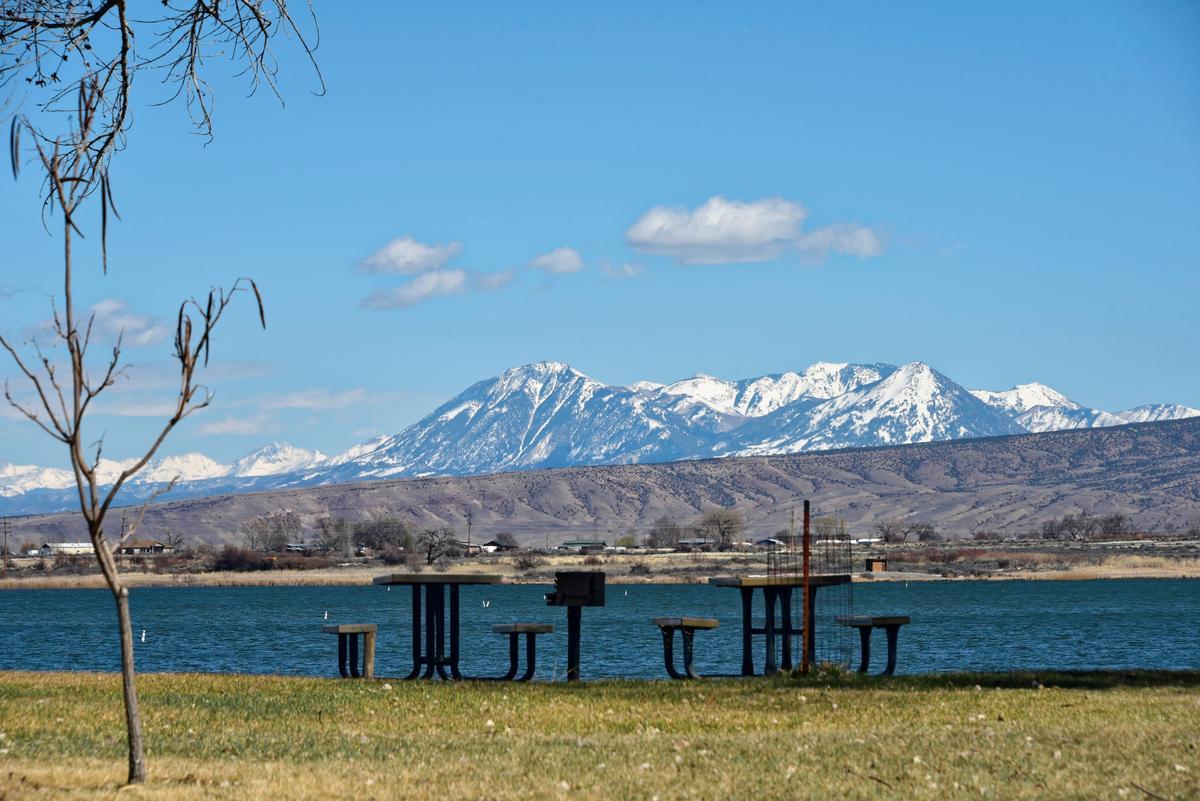
18. Things to Do in Delta, CO
I discovered that autumn was the perfect time to visit — when golden cottonwoods lined the Gunnison River and the orchards and vineyards of the Western Slope were bursting with late-season fruit. Nestled between the dramatic mesas and canyons of western Colorado, Delta felt quiet and unhurried — a place where you could slow down, breathe deeply, and watch sunlight dance across red rock cliffs. Locals greeted me like an old friend and pointed me toward their favorite scenic drives and diners where “everything tastes better after a hike.”
I spent the night at Riverwood Resort on the Gunnison which had very friendly staff and I noticed that the private, fenced-in patios were a big hit with dog owners. Days were spent exploring the region’s wild beauty — hiking the surreal formations at Escalante Canyon, wandering the sandstone trails of Dominguez–Escalante National Conservation Area, and taking a side trip to the Black Canyon of the Gunnison, where sheer cliffs drop dramatically into shadowed depths.
Between adventures, I browsed Downtown Delta’s antique shops and murals, then headed to nearby Pioneer Town in Cedaredge, a recreated frontier village complete with a saloon, schoolhouse, and the old jail.
- Location: Western Colorado in the Uncompahgre Valley, along the Gunnison River, north of Montrose and south of Grand Junction
- Map & Directions
What I loved best:
The way sunsets paint the mesas in pink and orange from the Sweitzer Lake State Park overlook, often with a cup of local cider in hand.
In addition, dinner at Daveto’s Italian Restaurant was a pleasant surprise — hearty, homemade pasta in the heart of the Rockies.
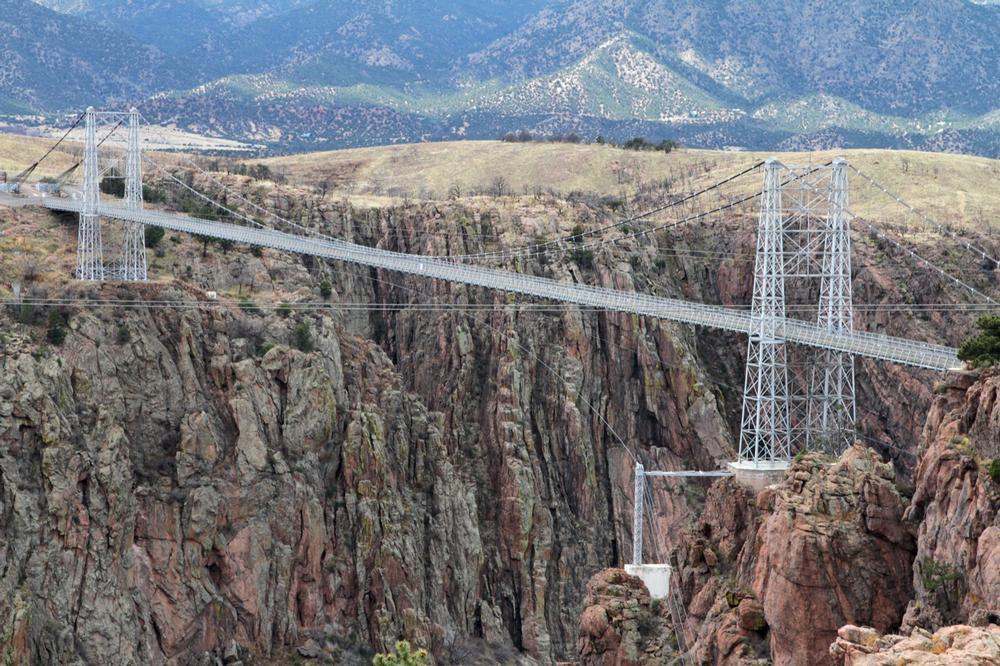
19. What to Do in Canon City
The wind felt different up there, hot but fast, carrying dust and distance. I stood on the Royal Gorge Bridge, looking down at the Arkansas River cutting deep through the canyon, and thought, “This is what awe feels like without needing words.” The bridge creaked softly beneath my feet, and all I could hear was wind and the call of a raven far below.
- Location: Central Colorado in the Arkansas River Valley, west of Pueblo and east of the Royal Gorge
- Location Map
What I Loved Most: The space. The quiet that came from standing above something so impossibly wide and deep.
My highlights? A slow afternoon at The Winery At Holy Cross Abbey, where I sat beneath a pergola with a view of the former monastery building. I ordered a small charcuterie plate. The air smelled faintly of sage and sun-warmed brick.
One downside? I wished I had more time to ride the Royal Gorge Route Railroad. It's definitely something I plan to do next time when I visit in the summer!
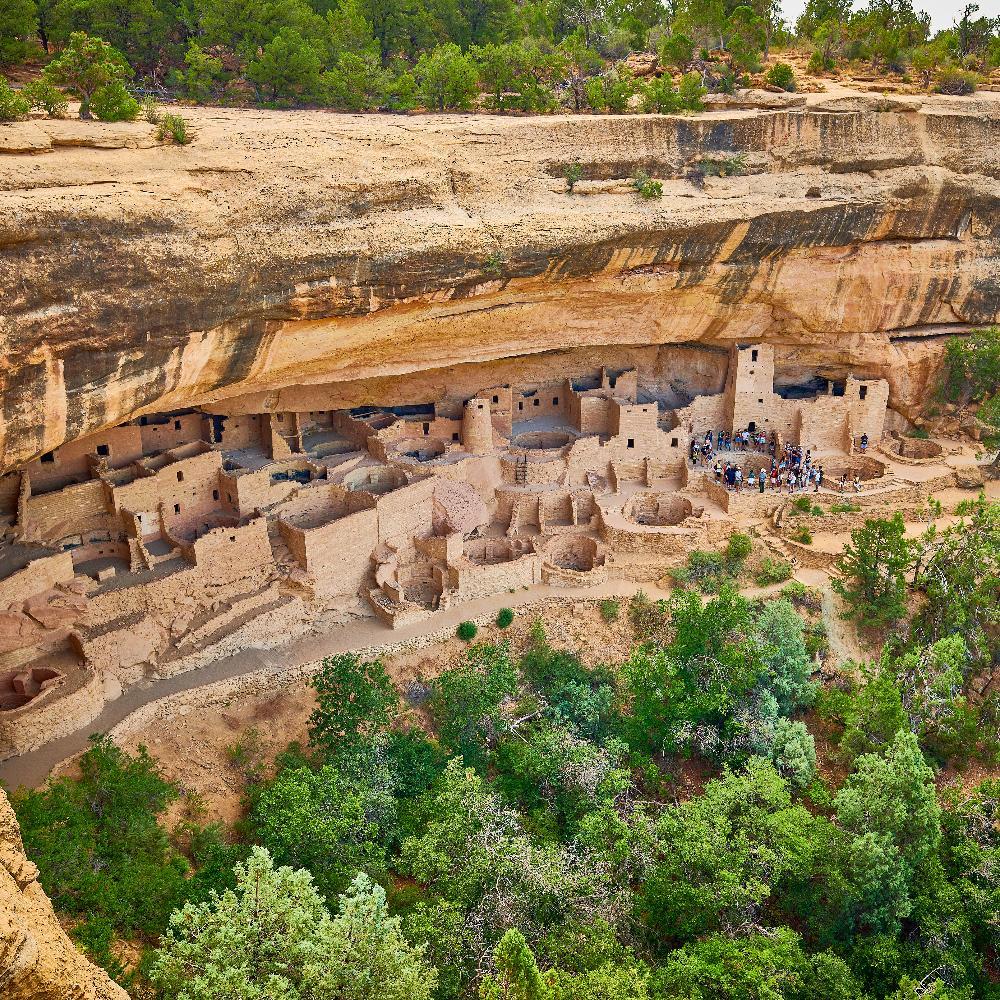
20. Mesa Verde
When I travel to this spot in southwestern Colorado, I always feel like I’m stepping into living history. Just outside the town of Cortez, this national park is home to ancient cliff dwellings that tell the story of the Ancestral Puebloan people who lived here for centuries. The setting in the high desert is both rugged and spectacular, with sweeping views of mesas and canyons all around.
A 1-hour drive from Cortez brought me into Mesa Verde, where the mesa rises dramatically above the Montezuma Valley. The UNESCO World Heritage Site protects both archaeological treasures and wild landscapes.
My favorite experience is touring Cliff Palace, the largest cliff dwelling in North America. Walking through its stone walls and seeing how entire communities once lived here is truly unforgettable, and it always sparks my imagination about what daily life must have been like.
I also love exploring Balcony House, where climbing ladders and crawling through passageways makes me feel like part of an unusual adventure. It’s not just sightseeing—it’s an exciting hands-on experience that connects me directly to history.
Beyond the ruins, I enjoy hiking the park’s trails, where I find panoramic views and often spot wildlife like mule deer and hawks.
- Location: Southwestern Colorado in the Mesa Verde region, east of Cortez and west of Durango, on the Colorado Plateau
- Location Map
What I loved best:
The combination of culture and nature makes every visit feel magical in its own way.
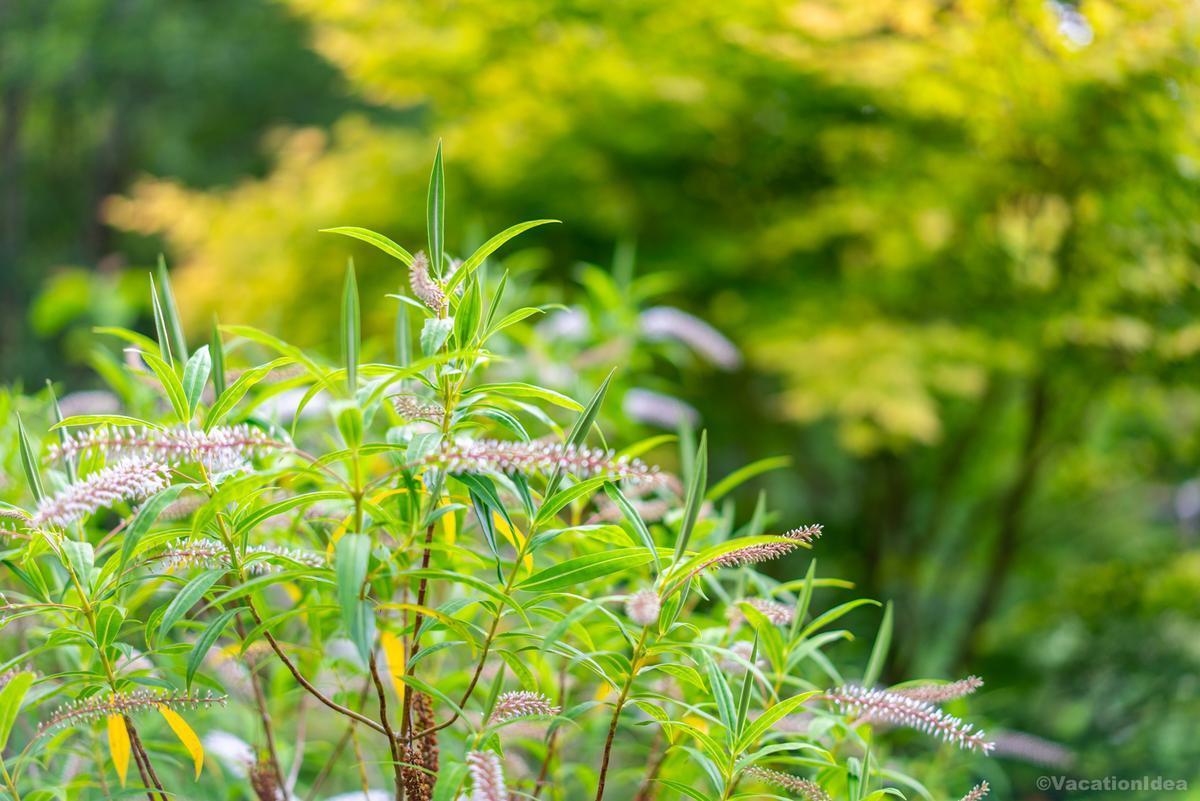
Conclusion
Colorado is made of big views and small details. A red rock glowing in the afternoon light. A silent soak after a long hike. A moment on a ridgeline where the wind tells you to stop thinking and just look. Every place on this list gave me something, a new pace, a new taste, a deeper breath.
And maybe that’s what Colorado does best. It shows you just how good it feels to step outside, slow down, and remember what it means to feel alive.
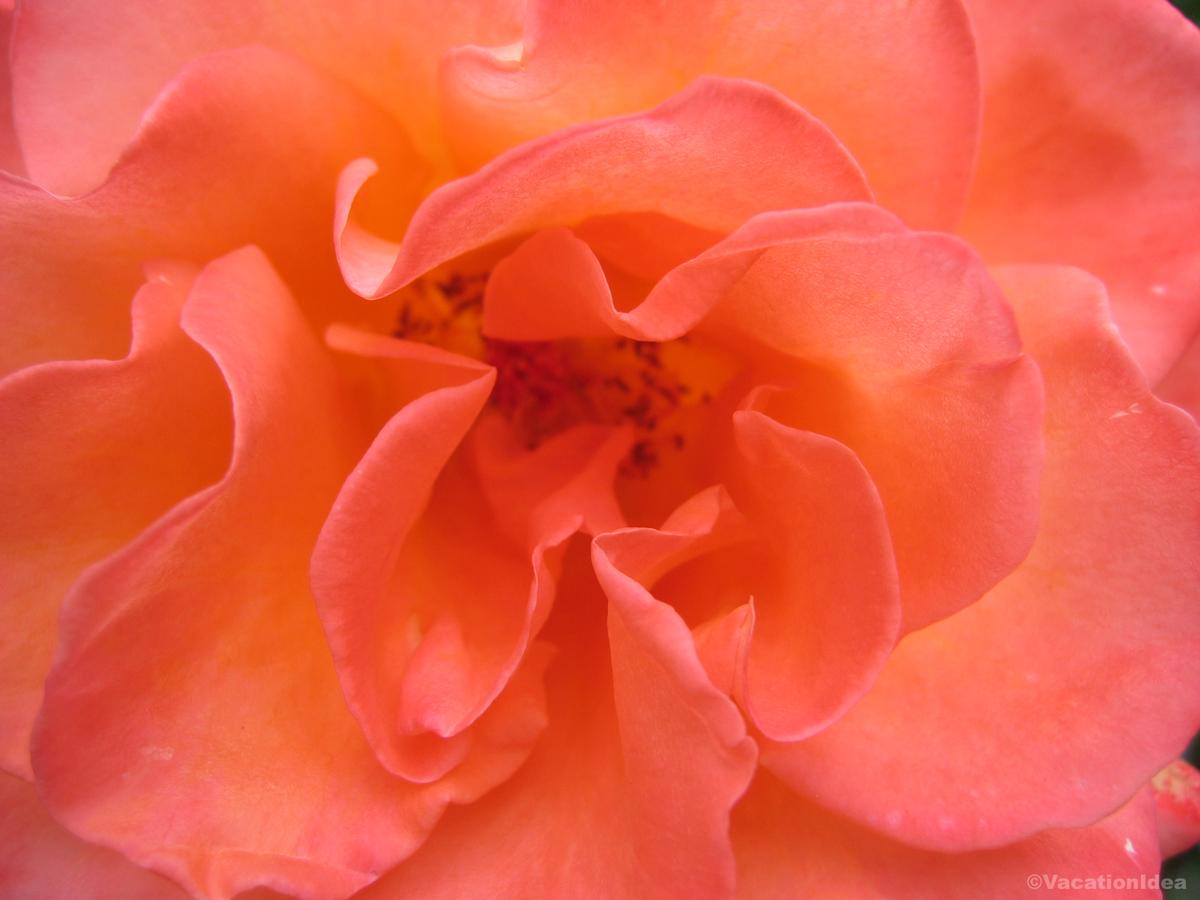
Booking Checklist
1. Book Your Flight - I use Expedia because I like their mobile app with my itinerary. They've helped me re-book flights on many occasions. Once you reach their Gold tier, support is especially good.
2. Book Your Hotel - I use Booking.com or Expedia, depending on my destination.
3. Book Your Rental Car - I use Expedia.
4. Book your tours on Viator or Get Your Guide.
5. If you are planning to visit more than three national parks in the next 12 months, buy the America the Beautiful Pass.
